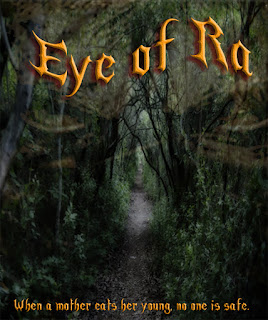Film/television budgets cannot be arbitrary decided upon. They are based on the number of filming days needed to produce the project. Nor can breaking down the script into “eights” accurately determine how many days will be required. The script must first be broken down scene by scene according to the characters, location, daypart, VFX, etc It is the only way to determine who and what needs to be wear and for how long.
No matter which script program is used, more detailed information needs to be manually entered for the reports to be generated. Unless a character has dialog the program will not recognize it as being part of the scene. Scene headings will describe the place and daypart, but neither will register as locations on the reports, yet both are vital pieces of information. Any unusual props, SFX, stunts, or any time-consuming production aspect needs to be logged so that it will be listed in the reports.
Once the script has been broken down, the information is put into a spreadsheet with the locations listed at the top. Each column will further be broken down by daypart (IE day or night). Each scene is logged in by its scene number (IE scene 1) under its in the location and in which daypart it will be filmed The characters are listed beneath the scene number. Leaving an empty column between each location makes it easy to log in the estimated shoot time of each scene and to tally the total at the bottom.
When it comes to timings, scenes are not equal. A full page of dialogue between two characters will take less time to film than one with a big fight scene that is described in three sentences or one that takes place in a vehicle on the open road. When estimating how long to schedule for each scene the producer must factor in:
Travel time between locations
Day or night scene
Setup/wrap/clean up time
The experience level of the cast and crew
Animals and children
Number of outdoor scenes
weather
Visual effects
makeup/hair effects
costume changes
stunts/fights/action scenes
moving vehicles
Once this time frame has been determined for each scene, the totals are summed up at the bottom of the column to get a ballpark figure of how long the production will need to remain at each location. Union regulations and the exhaustion of cast/crew must be factored in when determining the length of the workday. A tired team is more likely to make mistakes which wastes time and could get someone hurt. Although it is not uncommon to have long workdays, the double-time,which will need to be paid after 12 hours, makes it more expensive than just adding another day at the location Additionally, it would be wise to add 1-2 extra days to the overall schedule for illness, weather, or an unseen event. However, if the script leans heavily toward outdoor scenes or those with a great deal of action, SFX, or has a large cast, it would be wise to add 2-3 days. It's better to have budgeted for them and not need than to need the time and not have room in the budget.
Theresa Chaze is available for hire to generate film/television business plans and budgets by calling 231-943-3298.



